Check out Windows 11 Build 22000.778 and all it brings
6 min. read
Updated on
Read our disclosure page to find out how can you help Windows Report sustain the editorial team. Read more
Key notes
- Microsoft provided broad availability for KB5014668, which is dedicated to Windows 11 users.
- It's important to know that Build 22000.778 finally comes with the Search Highlights feature.
- There are also a lot of fixes for problems the OS was struggling with. so check them out now.
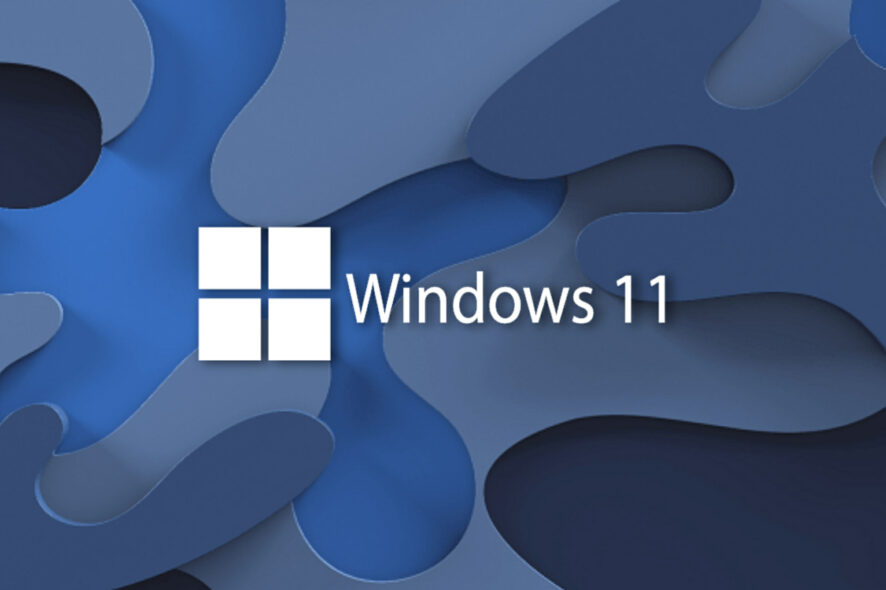
Microsoft has decided that we were all in need of yet another cumulative update for its latest Windows operating system.
And, after the somewhat problematic Patch Tuesday rollout, the company released new optional C-Updates for all supported versions of Windows 10 and 11.
Needless to say, Windows 11 received the biggest number of improvements and some interesting new features that we’re sure you’ll like.
What’s new in KB5014668?
Well, one of the most notable features of Build 22000.778 is that it brings Highlights to the Windows Search component.
This new addition will offer you various notable information about your current days, such as holidays, anniversaries, and others.
And, for corporate customers, Search Highlights will also provide the latest updates and files, among other useful information.
KB5014668 comes with important fixes as well, patching problems such as the inability to update to Windows 11, reconnect to Bluetooth devices, play games that rely on specific audio technologies, or access the Surface Dial settings.
As the Redmond tech giant said, Search Highlights will roll out to Windows 11 customers over the next several weeks.
Seeing how the company is taking a phased and measured approach, broad availability will occur in the coming months.
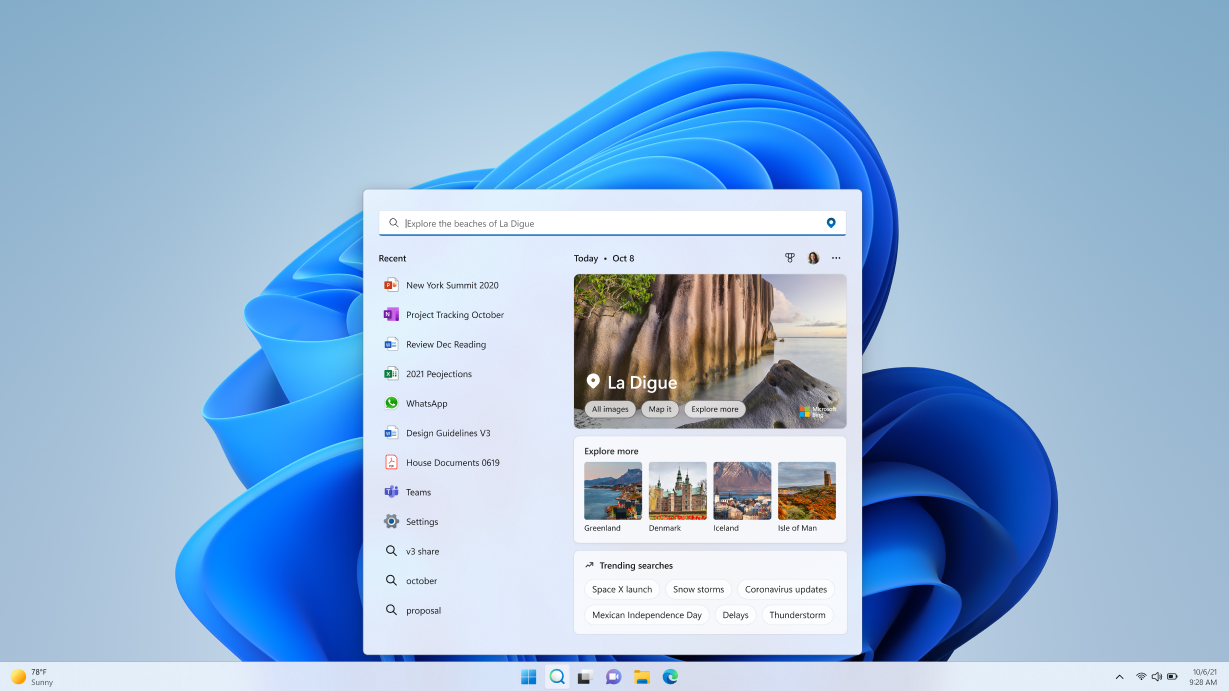
Improvements and Fixes
- Addresses an issue that might prevent you from upgrading to Windows 11 (original release). Note that this is related to the timing of certain operations within the OS and is not related to device eligibility.
- Addresses an issue that might prevent you from playing video clips in some games.
- Addresses an issue that causes certain games to stop working if they use certain audio technology to play sound effects.
- Addresses an issue that prevents Bluetooth from reconnecting to some audio devices after you restart the devices.
- Changes the name of the Your Phone app to Phone Link on the Settings page.
- Addresses an issue that causes the Microsoft Surface Dial customization settings page to stop working.
- Addresses a known issue that might prevent you from using the Wi-Fi hotspot feature.
- Adds support for Transport Layer Security (TLS) 1.3 in Windows client and server Lightweight Directory Access Protocol (LDAP) implementations.
- Addresses a race condition issue that might cause an upgrade to Windows 11 (original release) to fail.
- Addresses an issue that displays Japanese characters incorrectly in PowerShell.
- Addresses an issue that affects the Cloud Clipboard service and prevents syncing between machines after a period of inactivity.
- Addresses an issue that fails to hide the Windows Sandbox startup screen after Sandbox starts to run .
- Addresses an issue that causes a device that has a Japanese system locale to stop working when you disable end-user-defined characters (EUDCs).
- Enables the InternetExplorerModeEnableSavePageAs Group Policy. For more information, see Microsoft Edge Browser Policy Documentation.
- Provides the ability to use a network proxy during Universal Print operations.
- Addresses an issue that might cause playback of consecutive video clips to fail in games that use DirectX 12 (DX12).
- Addresses an issue that causes certain games to stop working if they use the XAudio API to play sound effects.
- Addresses an issue that affects some certificates chains to Root Certification Authorities that are members of the Microsoft Root Certification Program. For these certificates, the certificate chain status can be, “This certificate was revoked by its certification authority”.
- Addresses an issue that prevents the use of Encrypted File System (EFS) files over a Web-based Distributed Authoring and Versioning (WebDAV) connection.
- Addresses an issue that causes a domain controller to incorrectly write Key Distribution Center (KDC) event 21 in the System event log. This occurs when the KDC successfully processes a Kerberos Public Key Cryptography for Initial Authentication (PKINIT) authentication request with a self-signed certificate for key trust scenarios (Windows Hello for Business and Device Authentication).
- Addresses an issue that prevents Bluetooth from reconnecting to some audio devices after you restart the devices.
- Addresses an issue that occurs when the Active Directory Lightweight Directory Service (AD LDS) resets the password for userProxy objects. When you try to reset someone else’s password and you are authenticated using a simple bind, the password reset fails. The error is like, “00000005: SvcErr: DSID-03380C23, problem 5003 (WILL_NOT_PERFORM), data 0”.
- Addresses an issue that causes Microsoft NTLM authentication using an external trust to fail. This issue occurs when a domain controller that contains the January 11, 2022 or later Windows update services the authentication request, is not in a root domain, and does not hold the Global Catalog role. The affected operations might log the following errors:
- The security database has not been started.
- The domain was in the wrong state to perform the security operation.
- 0xc00000dd (STATUS_INVALID_DOMAIN_STATE).
- Addresses an issue that causes the LocalUsersAndGroups configuration service provider (CSP) policy to fail when you modify the built-in Administrators group. This issue occurs if the local Administrator account isn’t specified in the membership list when you perform a replace operation.
- Addresses an issue in which malformed XML inputs might cause an error in DeviceEnroller.exe. This prevents CSPs from being delivered to the device until you restart the device or correct the XML.
- Addresses an issue that might cause Windows 11 (original release) to stop working when you install an application and there is no network connectivity.
- Updates the Start menu to display Windows PowerShell when you right-click (Win + X) the Start button after you have uninstalled Windows Terminal.
- Changes the name of the Your Phone app to Phone Link on the Settings page.
- Addresses an issue that causes the Microsoft Surface Dial customization settings page to stop working.
- Addresses a known issue that might prevent you from using the Wi-Fi hotspot feature. When attempting to use the hotspot feature, the host device might lose the connection to the internet after a client device connects.
This update also adds IP address auditing for incoming Windows Remote Management (WinRM) connections in security event 4262 and WinRM event 91.
It addresses an issue that fails to log the source IP address and machine name for a remote PowerShell connection.
Furthermore, it adds Server Message Block (SMB) redirector (RDR) specific public File System Control (FSCTL) code FSCTL_LMR_QUERY_INFO.
You should also know that KB5014668 makes the SMB client and SMB server cipher suite order configurable using PowerShell.
Known issues
- After installing this update, some .NET Framework 3.5 apps might have issues or might fail to open. Affected apps are using certain optional components in .NET Framework 3.5, such as Windows Communication Foundation (WCF) and Windows Workflow (WWF) components.
This is what we are getting after installing KB5014668 for Windows 11, which brings the current build to 22000.778.
Have you encountered any other problems after installing KB5014668? Share your experience with us in the comments section below.
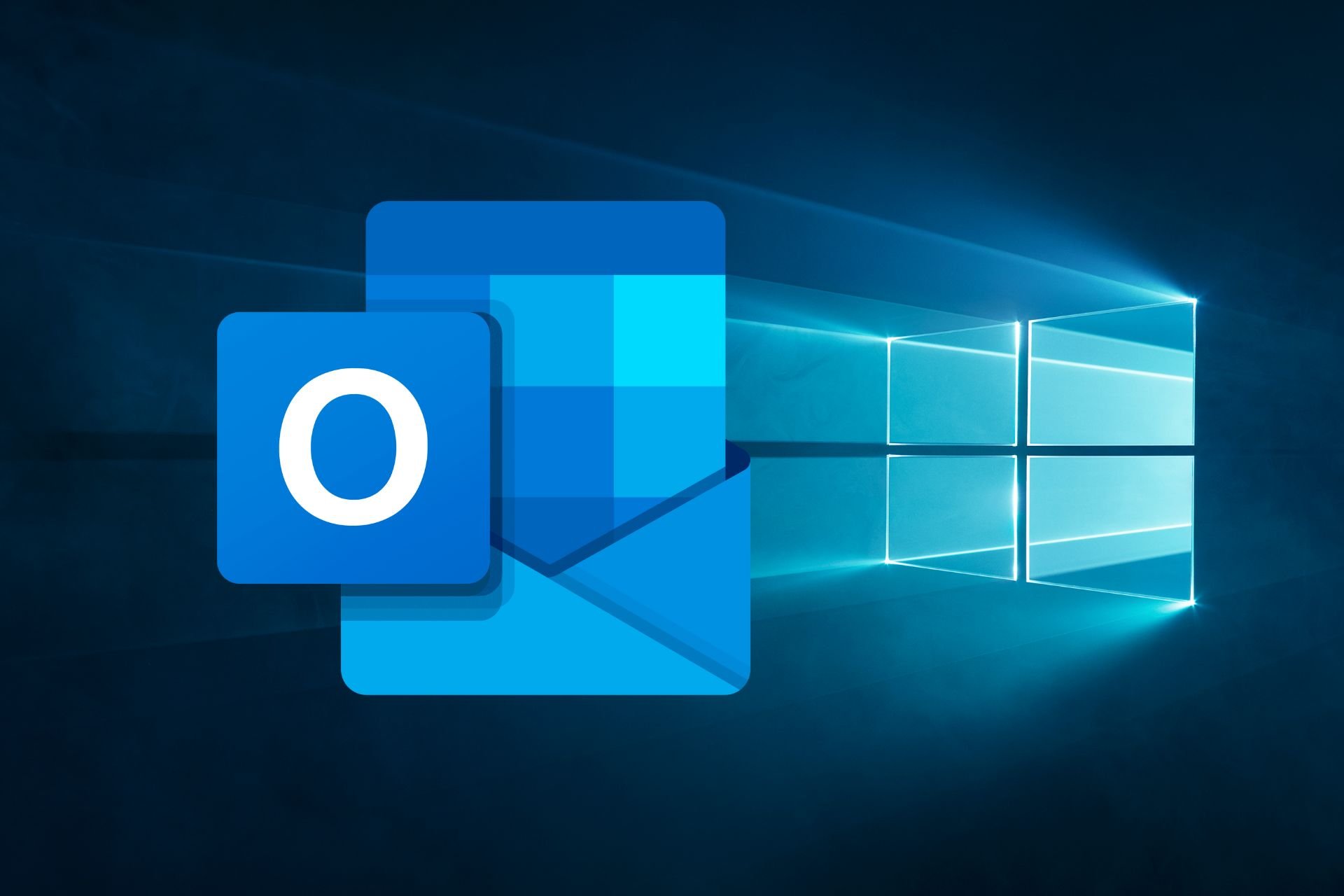
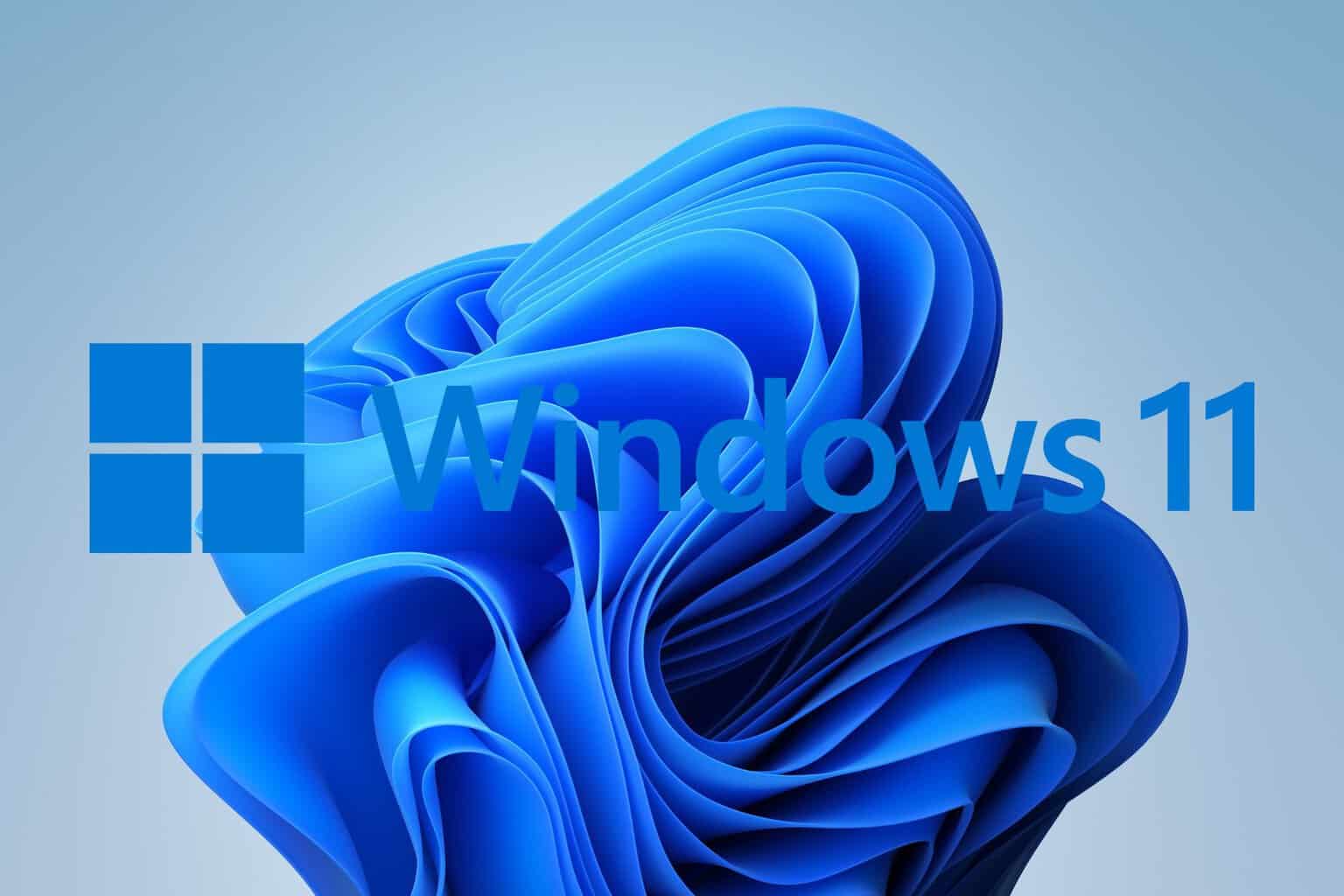
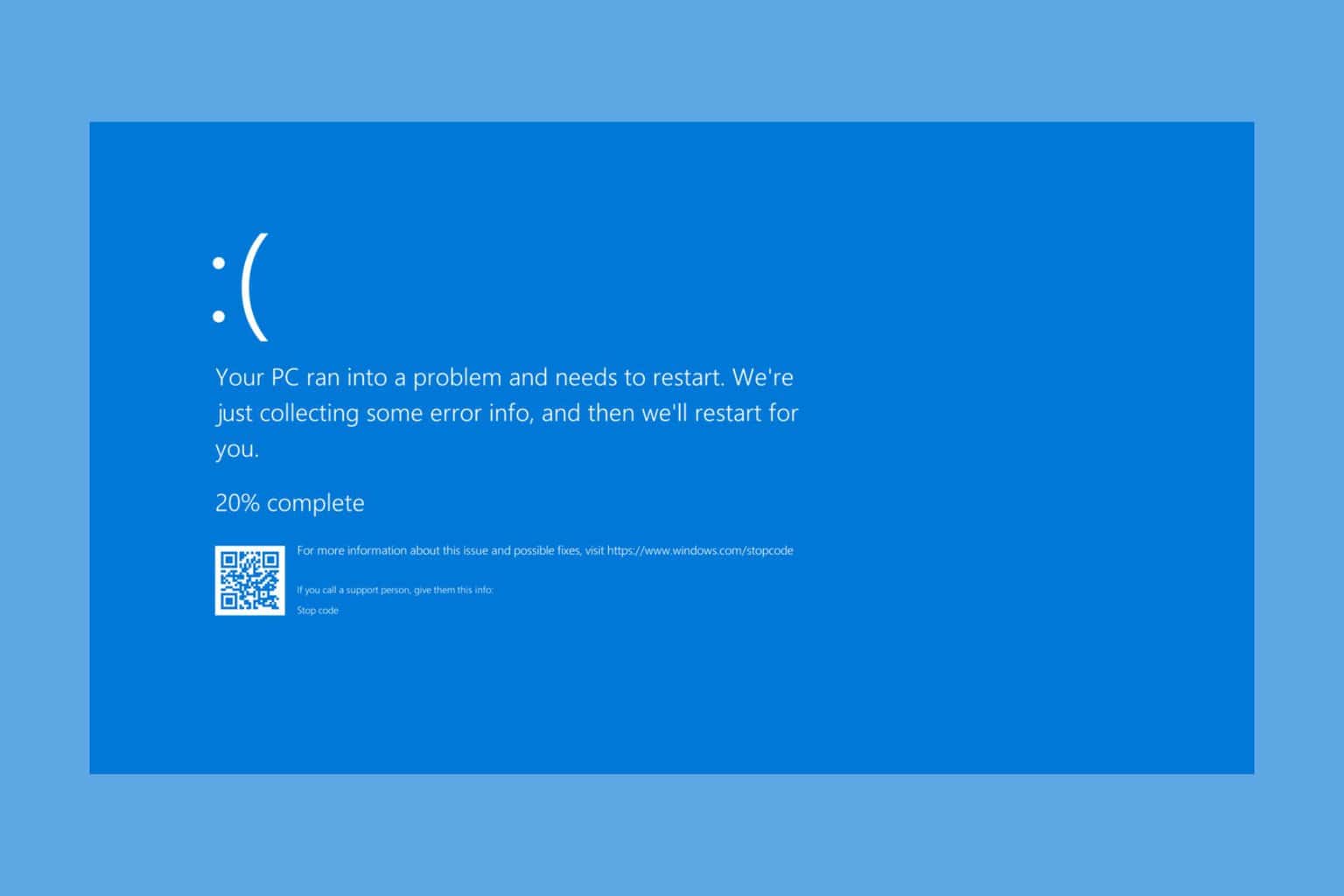
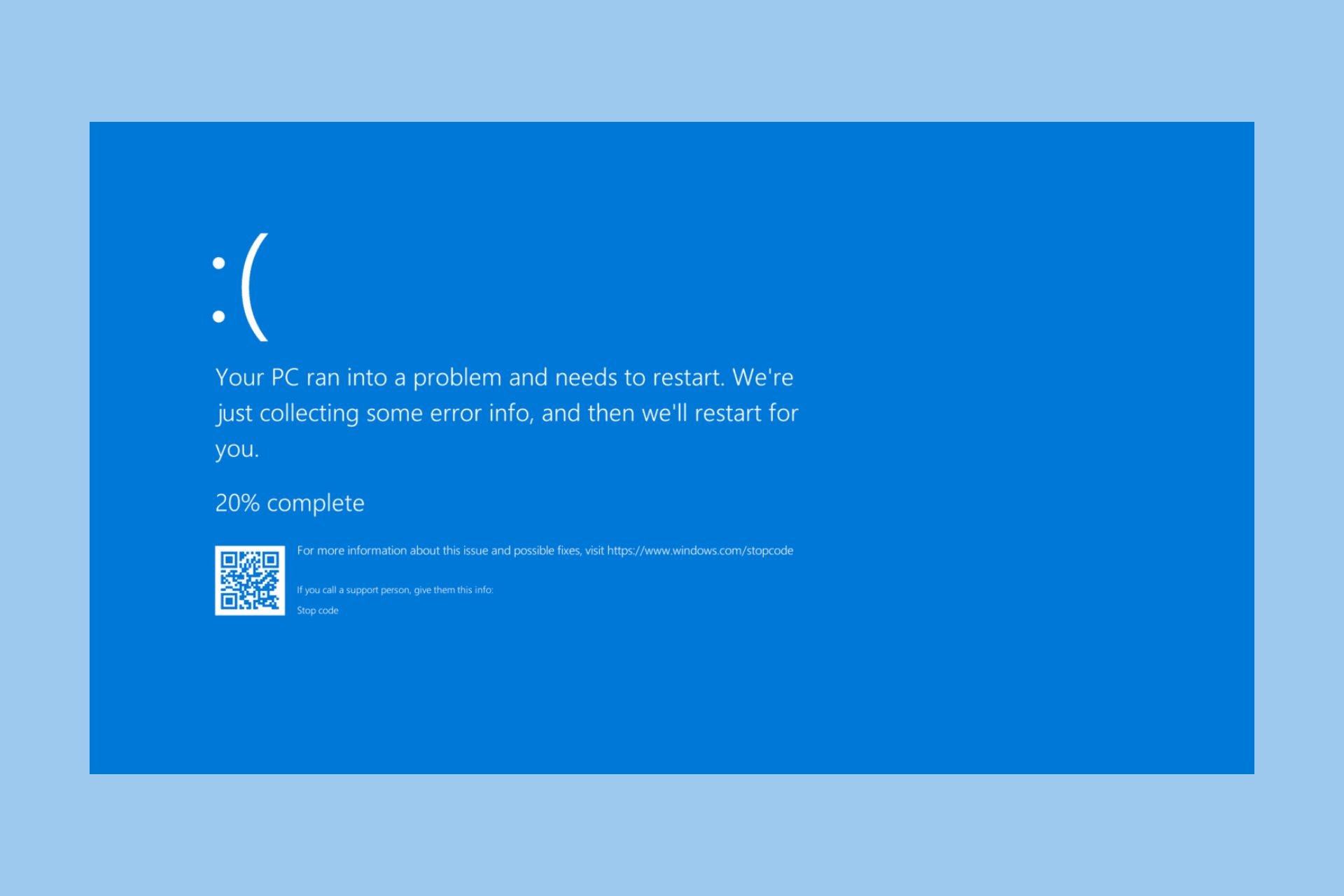


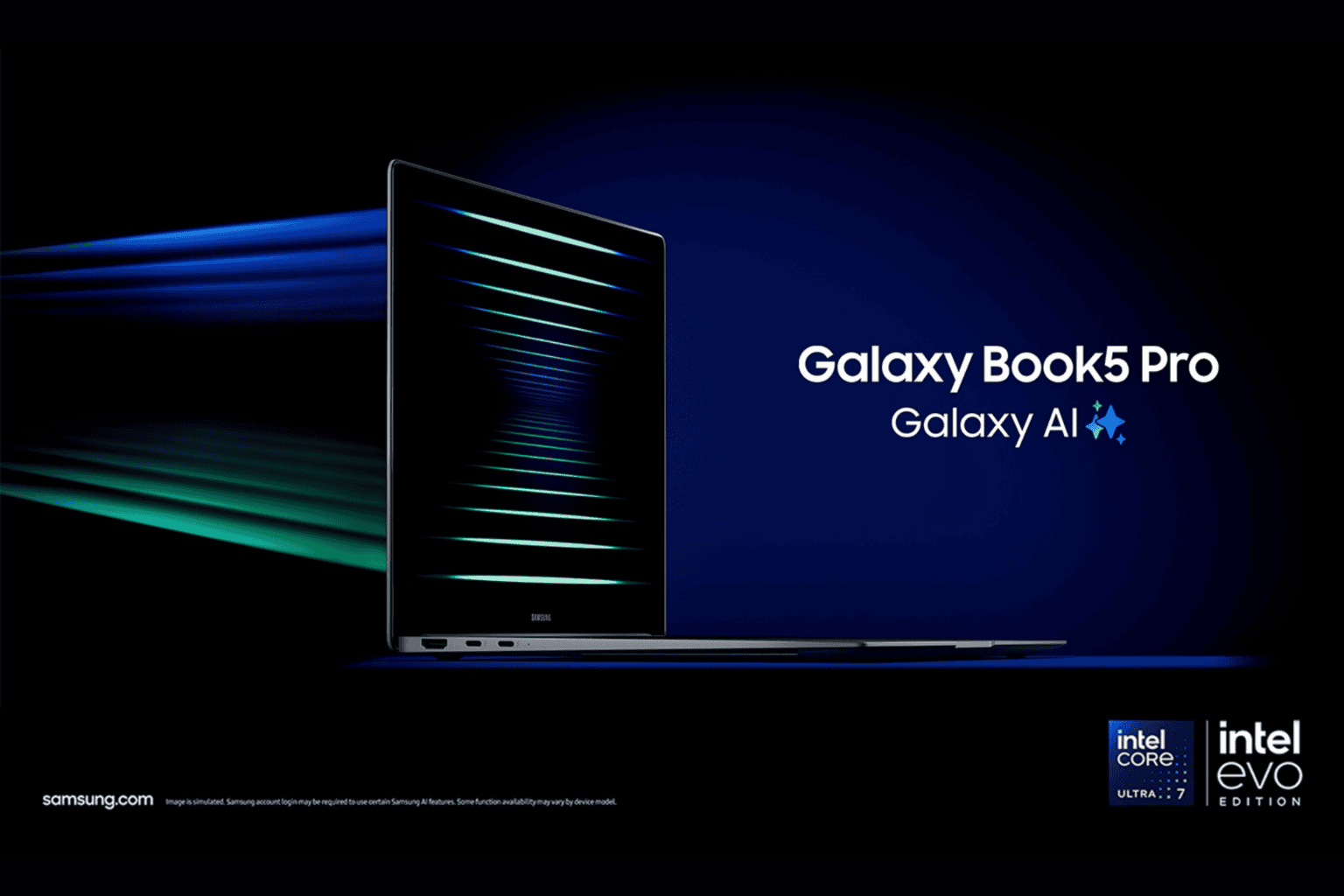
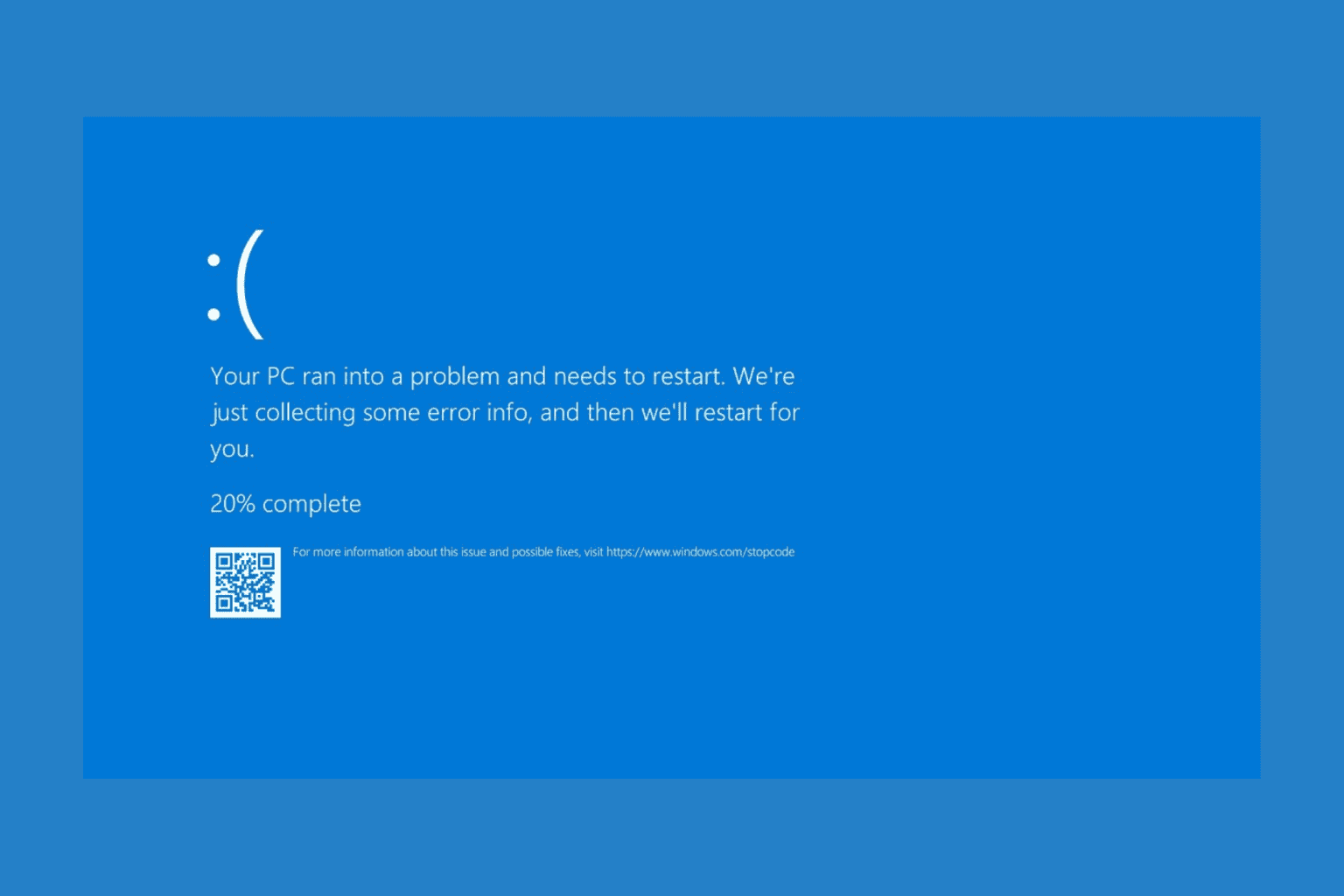
User forum
0 messages